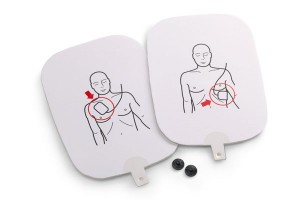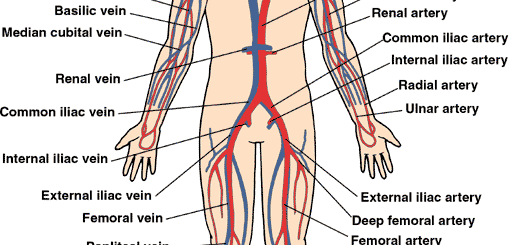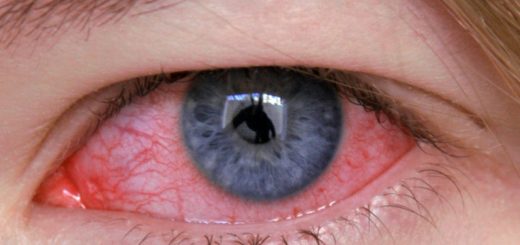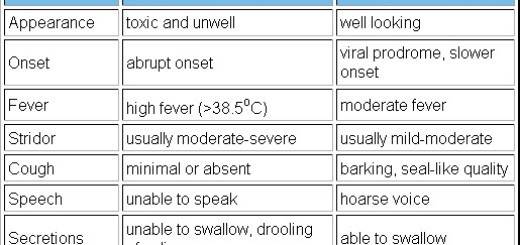How do defibrillators (AEDs) work?
Automated External Defibrillator’s (or AED’s) are devices that treat the most common cause of sudden cardiac arrest by delivering an electrical shock to the heart.
AEDs treat an abnormal heart rhythm called Ventricular Fibrillation (VF) that causes the heart to stop circulating blood. Ventricular fibrillation is a heart condition where the heart quivers instead of mechanically pumping the blood throughout the body. The most effective treatment for VF is CPR and use of a defibrillator. The longer it takes for CPR and an AED to be used, the less likely a person is to survive.
Automated External Defibrillators are designed to allow anyone to use them regardless if they have been formally trained on their operations. AED’s accomplish this through use of voice instructions, pictures, and prompts. An AED will only deliver a shock if indicated and is safe when used correctly.
AED’s function by taking an EKG/ECG of victim’stims heart to analyze the electrical activity in an attempt to determine if the victim is in VF or another heart rhythm. If the AED analysis indicated VF a shock will be indicated and may be delivered by the rescuer and AED according to the device’s operating instructions. If the AED analysis finds any other rhythm than VF a “No shock” instruction will be issued and the AED will not allow a shock to be delivered.

Rescuers using an AED must always listen to the instructions of an AED. The AED will advise not to touch the patient while it is analyzing the victims heart and again if a shock is indicated. If the victim is touched or moved during analysis the AED may interrupt those movements and cause a potential false positive for V-Fib. If any person is touching the victim when a shock is actually delivered, they may receive some of the shock which may cause injury or even death. If you are operating an AED verbally yell and physically look head to toe to make sure no person is touching when the victim when the AED advises not to touch the victim.
The electricity delivered by an AED during a shock stuns the heart in an attempt to stop the abnormal rhythm.
An AED does NOT restart the heart or fix a “flat line” as often shown on television. A flat line represents that there is no heart electrical activity at all. A flat line usually represents clinical death as it is rare to recover from a flat line rhythm. If an AED recognizes a “flat line” it will indicate “No Shock Advised” and instruct you to resume CPR.
If a shock is indicated and delivered, the heart may take up to 10 minutes to recover from the cardiac arrest. Therefore, immediately after delivering a shock (or a “No Shock” indication) the rescuers must resume CPR with compressions to help mechanically get the heart beating again. Effectiveness of a shock is greatly affected by how well CPR is performed immediately thereafter. Do 5 sets of 30:2 or 2 minutes of CPR. The AED will automatically stop and give instructions exactly every 2 minutes. Repeat the process of operation and perform the tasks indicated by the AED. Remember when resuming CPR after AED usage to always being CPR with chest compressions.
When a shock is delivered the victim will often convulse. This is normal as a large amount of electricity is entering the victims body.
Once an AED is placed, never remove the pads from the victims chest or turn the AED off until instructed to by trained healthcare professionals. If the victim wakes up or recovers they may suffer from VF again and require additional AED treatment.





